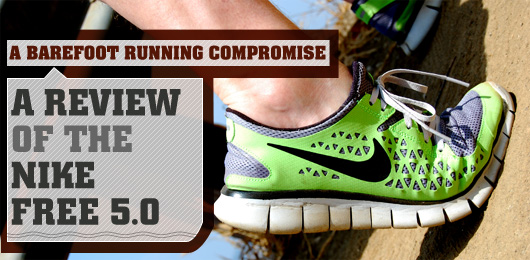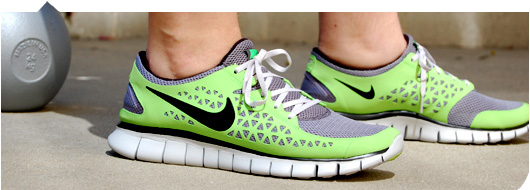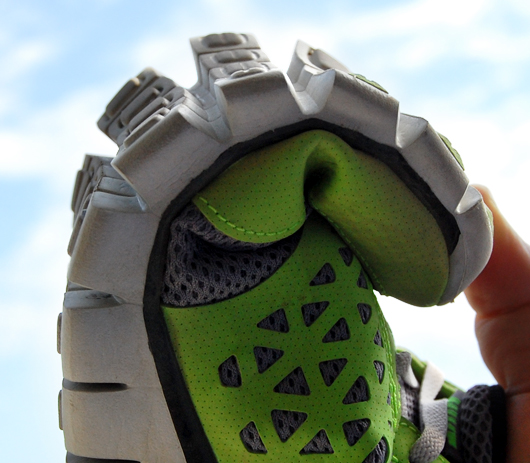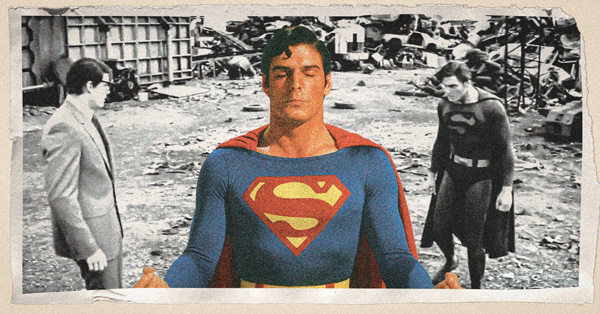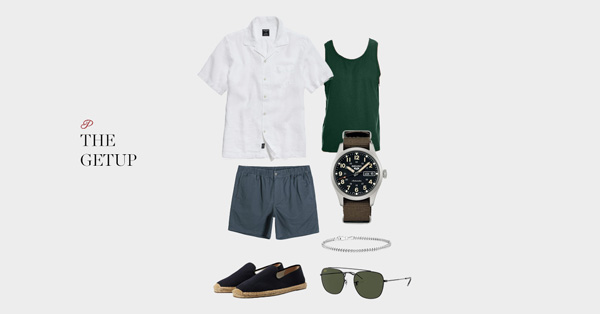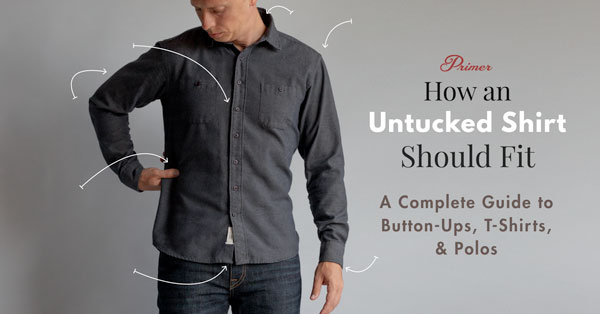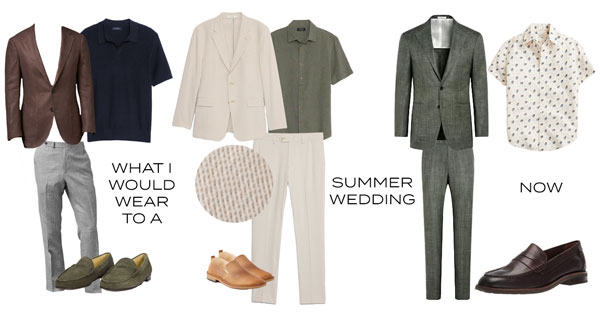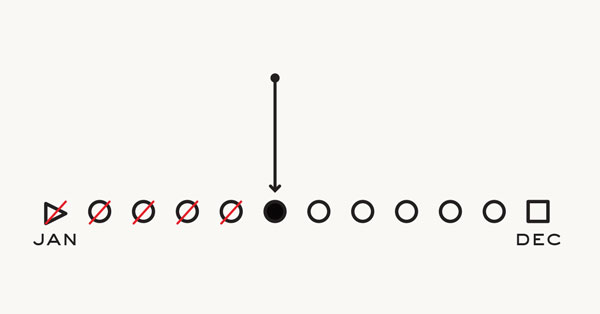A few weeks back in a 100 Days of Fitness post, I mentioned working out barefoot and created a firestorm in the comment section. As someone who works out barefoot at home, I acknowledged the benefits of such training, but advised against most people working out barefoot in gyms or running outside in urban areas for safety reasons. This was met with some objection from a few readers who promoted barefoot running and training, so we decided to look into it.
In my search, I came across the Nike Free 5.0 shoe, one designed to allow all the benefits of running barefoot while still protecting the runner. It sounded like a good compromise, so I snatched up a pair to get a look at them.
But before we get into the specifics of the shoe, we must understand:
What are the benefits of barefoot training?
Training without shoes forces the foot and leg muscle to work harder, which we're counting as a good thing because that in turn strengthens the muscles in the foot and lower leg. Working out barefoot, again by making the foot do more work and by increasing tactile response (your skin/nerves are now in direct contact with the ground rather than a shoe), also increases your ability to balance and offers a greater degree of flexibility.
Barefoot runners also talk about an improved or natural gait — that is the way your foot hits the ground while running. The barefoot complaint about shoes is that they encourage the heel to hit the ground first, and heavily, while a natural gait (as seen in children and some poorer nations without access to sneakers) sees the midfoot strike first and softer.
Now, at the very least, we can agree that having stronger muscles, better balance, and increased agility is a good thing and, again at the very least, running with a “natural gait” is personal preference, or perhaps even better. On the downside of barefoot training, the primary complaint is a lack of protection. In the gym, falling objects or heavy objects can do damage to the barefoot and stubbed, painful toes are a possibility. Further, when running outdoors, if the barefoot comes into contact with rocks, pebbles, glass, or any other hard, sharp surface, you're going to feel pain and perhaps trail some blood back to your apartment.
Enter the Free 5.0. This shoe has been specially designed to allow your foot to have increased freedom — hence the name. The sole has deep grooves running both horizontally and vertically, making this shoe able to be moved and twisted easily in any direction. The upper of the shoe is a very tight mesh the breathes well and also is a factor in the increased flexibility. Also helping the freedom of the foot is the very lightweight nature of the shoe, allowing for fast footfalls. Despite all of the effort put into making it feel like you're wearing almost nothing, the soft sole still provides some support and cushioning, and best of all protection from debris on the ground.
The first time I put on the shoes and went for a quick run I wasn't all that impressed, though I was wearing a thick pair of athletic socks. The next time I decided to go sockless — after all, the shoe is designed to breathe well, and this made all the difference. With the Free, I'd recommend going with either very thin socks or just ditch them altogether.
The shoe itself is comfortable. It's lightweight and breathable, you can actually feel the breeze on your feet while still wearing shoes. Tactile response is also heightened with the Free. I didn't notice it at first on pavement, but when I went off course and ran through some grass, there was a huge difference felt from running through a field in regular running shoes.
Now, the Nike Free 5.0 might not be for everyone because it offers a bit less support than you're probably used to. It has a low profile heel which offers less cushioning than a traditional running shoe, but when I did some normal heel strike running, it wasn't painful for me. I think maybe if you're prone to rolling your ankles when you run you might want to skip out on the Free, or if you have some other foot problems, but for most people I think the 5.0 is still a good, lightweight running shoe.
With the increased flexibility of the shoe, you do feel your foot working more in terms of balance and traction. The only area where being barefoot would be much different is in toe movement, but I find the Free to be a great balance. If you're in the house working out, you can still just rock it out barefoot, but if you're looking for some protection, a little support, and a comfortable shoe that still lets you get much of the benefits of barefoot running with very few risks? Well, the Nike Free 5.0 is about to open you up to a whole new world.



